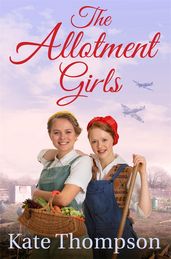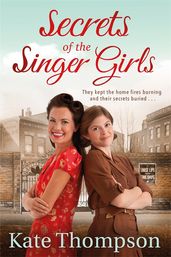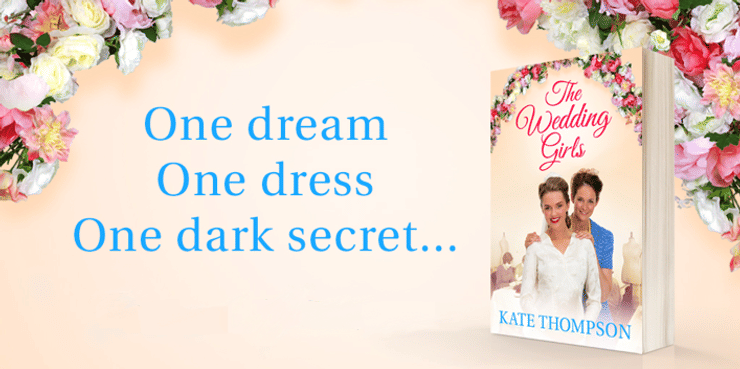Kate Thompson
Kate Thompson is a journalist with twenty years' experience as a writer for the broadsheets and women's weekly magazines. She is now freelance, and as well as writing for newspapers, she's a seasoned ghostwriter. She is the author of the Sunday Times bestseller Secrets of the Singer Girls, Secrets of the Sewing Bee and The Wedding Girls.







